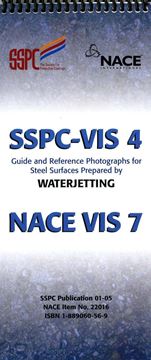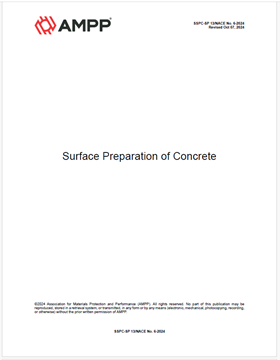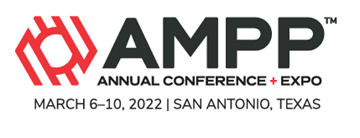Search
Products tagged with 'waterjetting'
View as
Sort by
Display
per page
NACE WJ-3/SSPC-SP WJ-3-2012 (Editorial Corrections 1/5/2017), Waterjet Cleaning of Metals—Thorough Cleaning (WJ-3)
Product Number:
21156-SG
$179.00
NACE WJ-4/SSPC-WJ-4-2012 (Editorial Corrections 1/5/2017), Waterjet Cleaning of Metals—Light Cleaning (WJ-4)
Product Number:
21157-SG
ISBN:
1-57590-251-6
$179.00
NORMA CONJUNTA DE PREPARAÇÃO DE SUPERFÍCIES SSPC-SP 13/NACE No. 6 Preparação de Superfícies de Concreto
Product Number:
SSPC-SP 13-2018-NACE No. 6-2018-Portuguese
Publication Date:
2018
$179.00
RP-01-72-HD1972-SG, Surface Preparation of Steel and Other Hard Materials by Water Blasting Prior to Coating or Recoating
Product Number:
RP-01-72-HD1972
Publication Date:
1972
$179.00
SSPC-SP 13/NACE No. 6-2024, Surface Preparation of Concrete
Product Number:
SSPC-SP 13/NACE No. 6-2024
$109.00
The Long Term Effects Of Surface Preparation: Evaluating ISO 12944 In Offshore Coating Application With Waterjetting And Cleaning Additive
Product Number:
51322-18021-SG
Publication Date:
2022
$20.00
UHP Water-Jetting and Surface-Tolerante Coatings in New Building Applications
Product Number:
51217-035-SG
Publication Date:
2017
$20.00
Ultra High Pressure Waterjetting as a Means of Surface Preperation for Marine Coatings Systems
Product Number:
41206-218-SG
Publication Date:
2006
$20.00
Use of Waterjetting in Conservation of Historic Structures
Product Number:
41205-205-SG
Publication Date:
2005
$20.00










